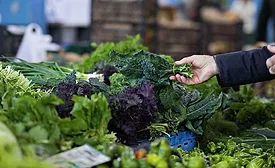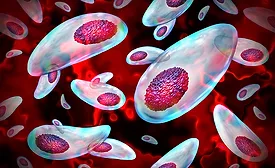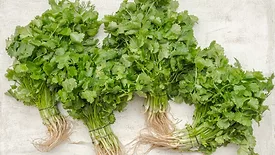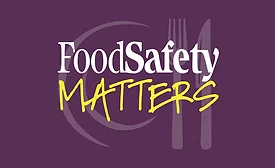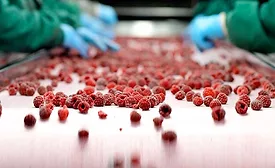Home » cyclospora
Articles Tagged with ''cyclospora''
Unresolved or inconclusive epidemiology for several outbreaks offer compelling case studies of the challenges and risks posed by Cyclospora in food supply chains
Read More
Are ‘Standard’ Methods to Detect Non-Cultivable Pathogens in Food and the Environment Fit For Purpose?
Food system stakeholders face inherent challenges in managing non-cultivable foodborne pathogens
October 5, 2023
Never miss the latest news and trends driving the food safety industry
eNewsletter | Website | eMagazine
JOIN TODAY!Copyright ©2025. All Rights Reserved BNP Media.
Design, CMS, Hosting & Web Development :: ePublishing
